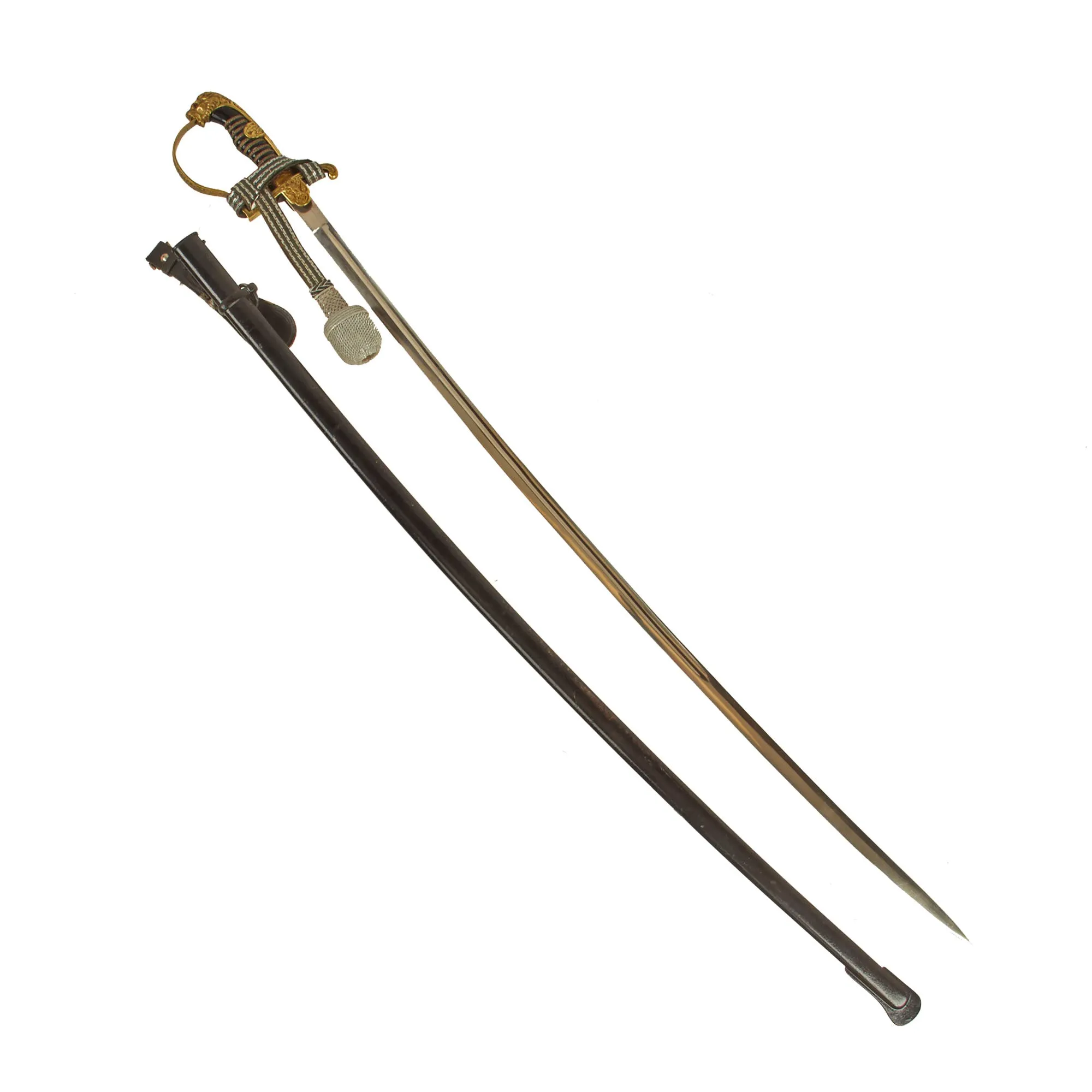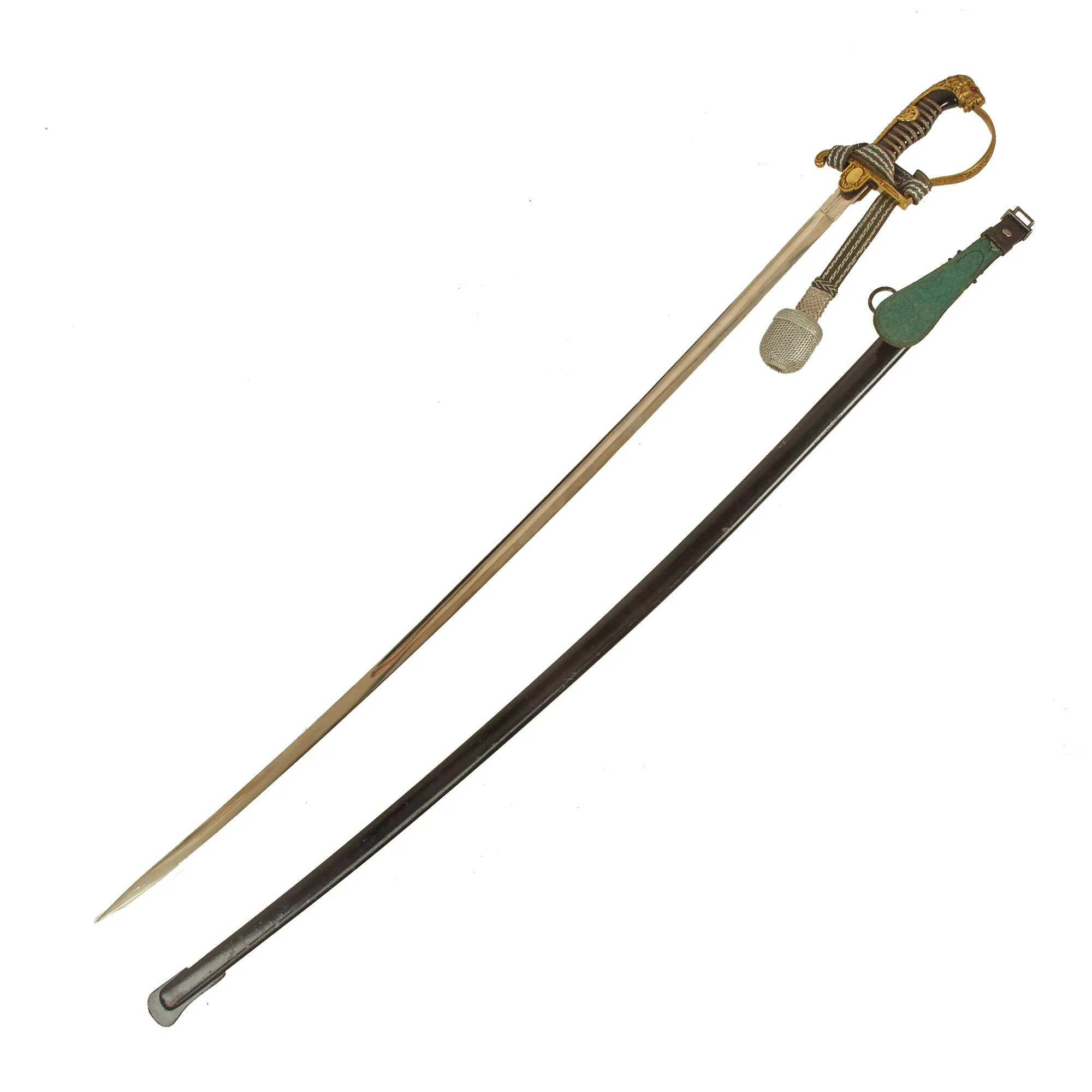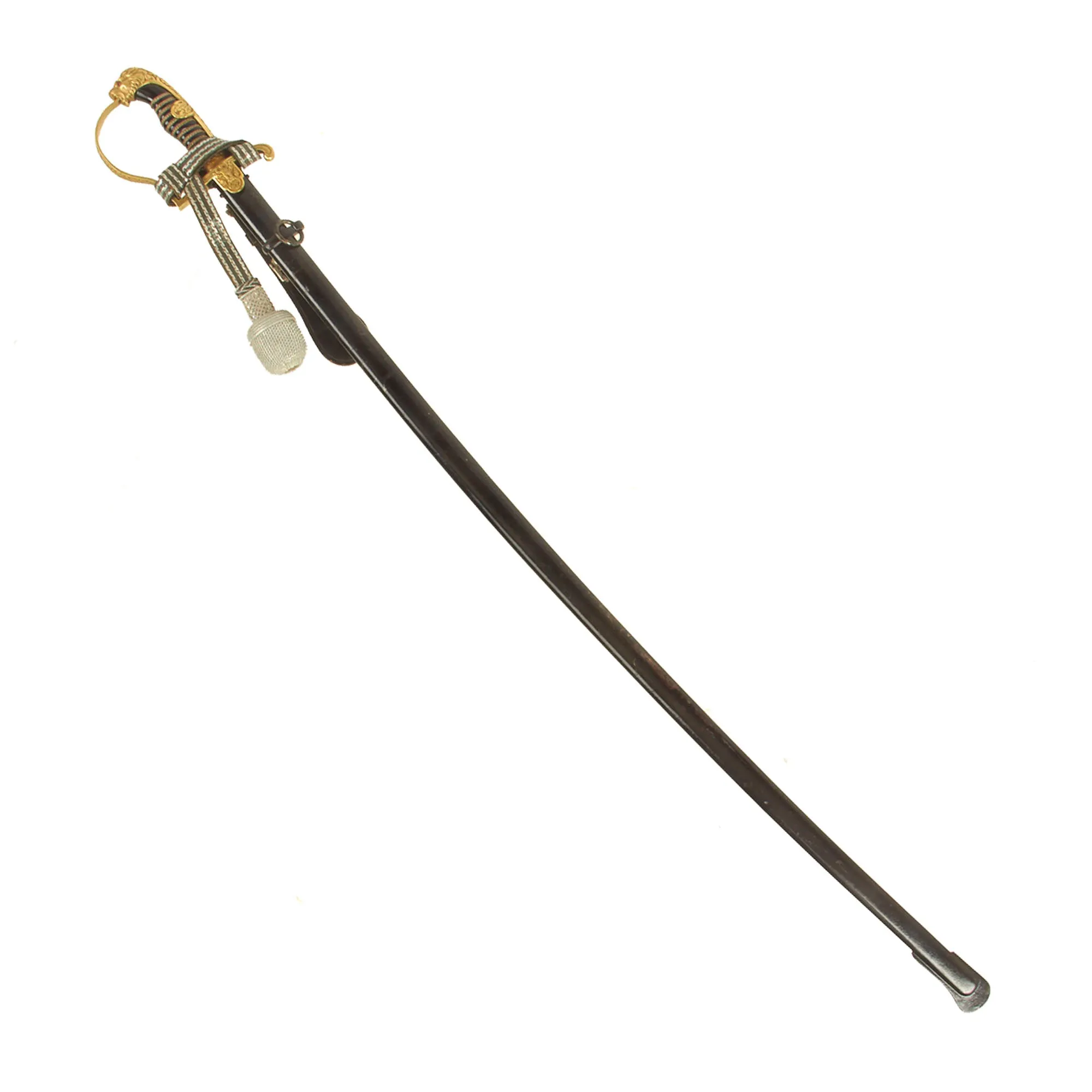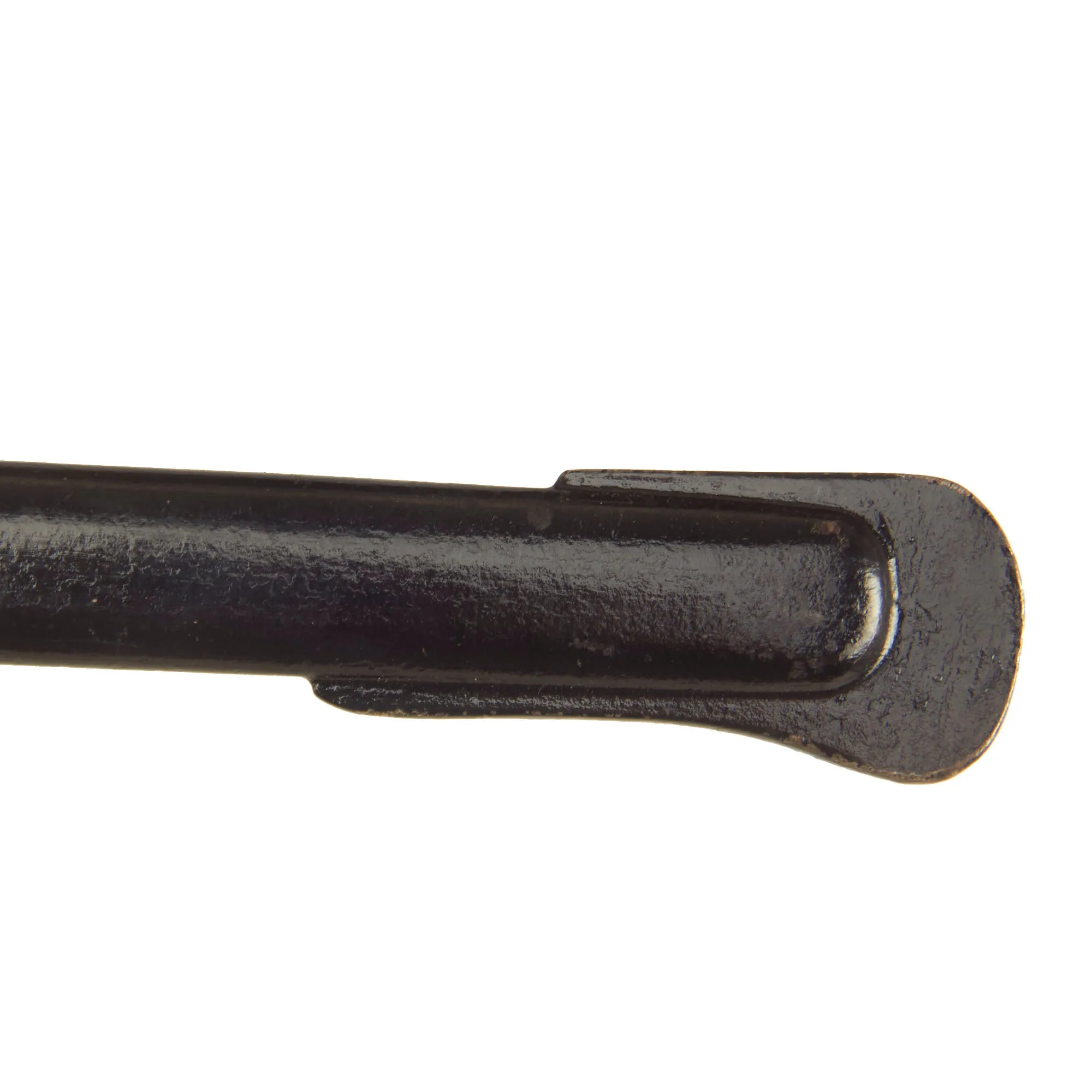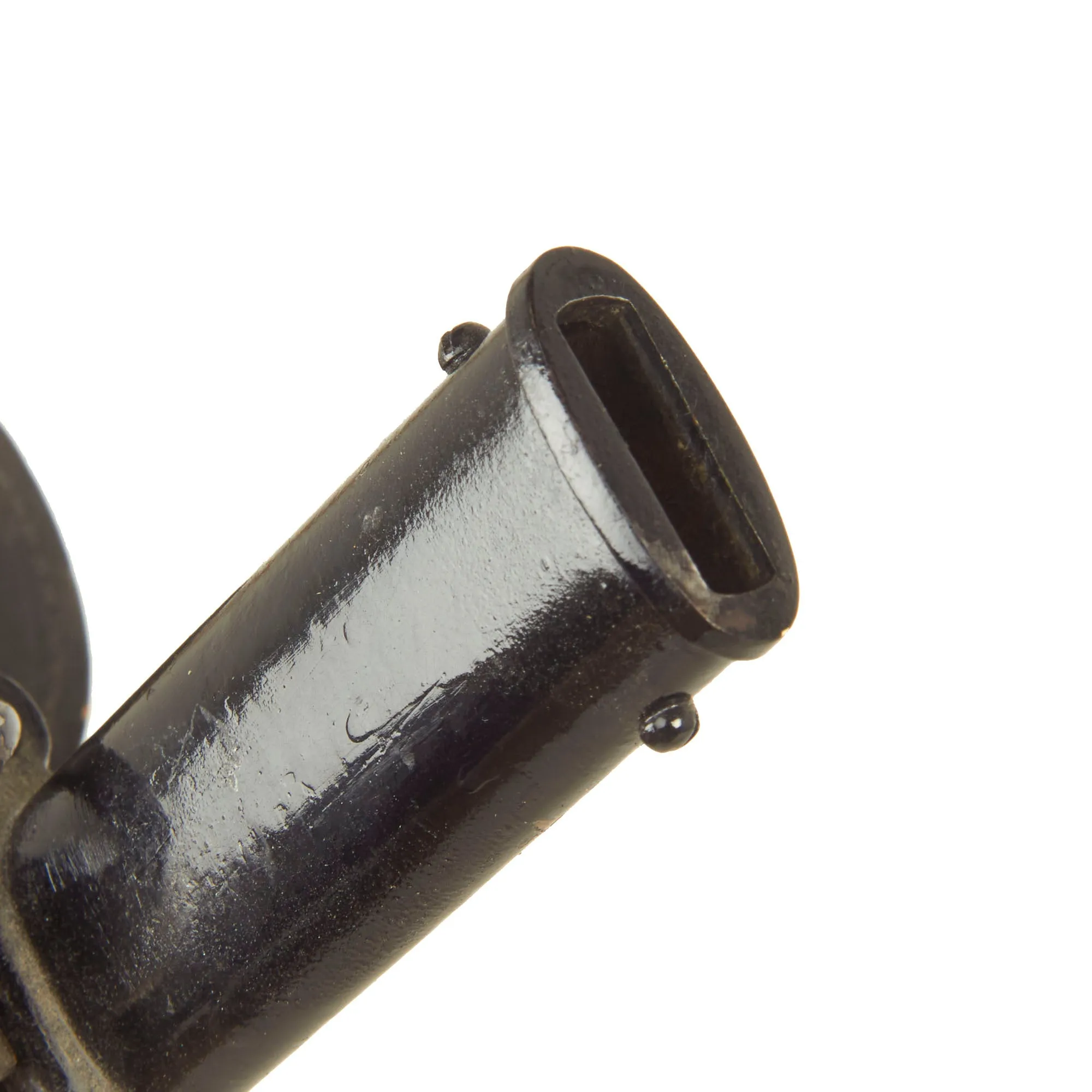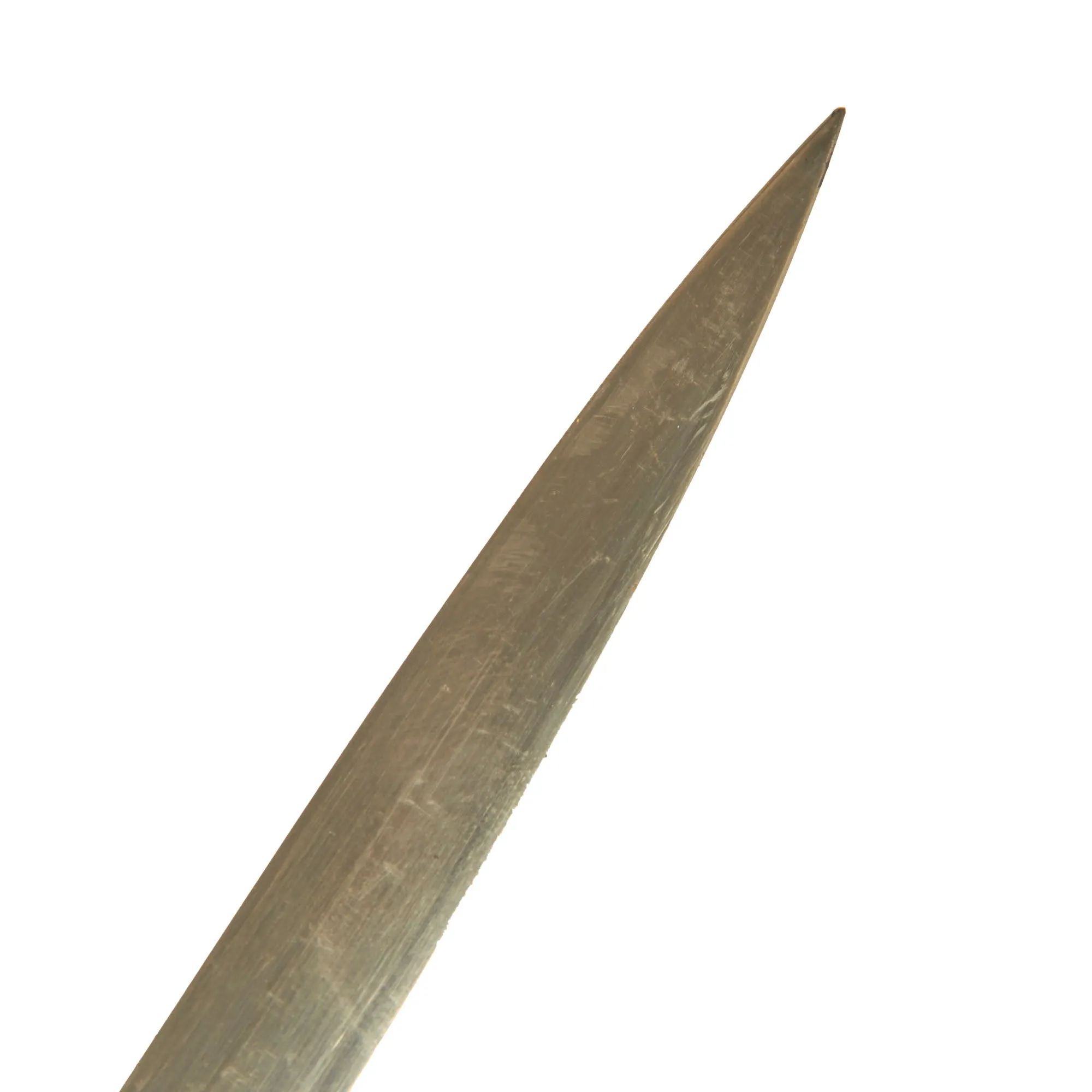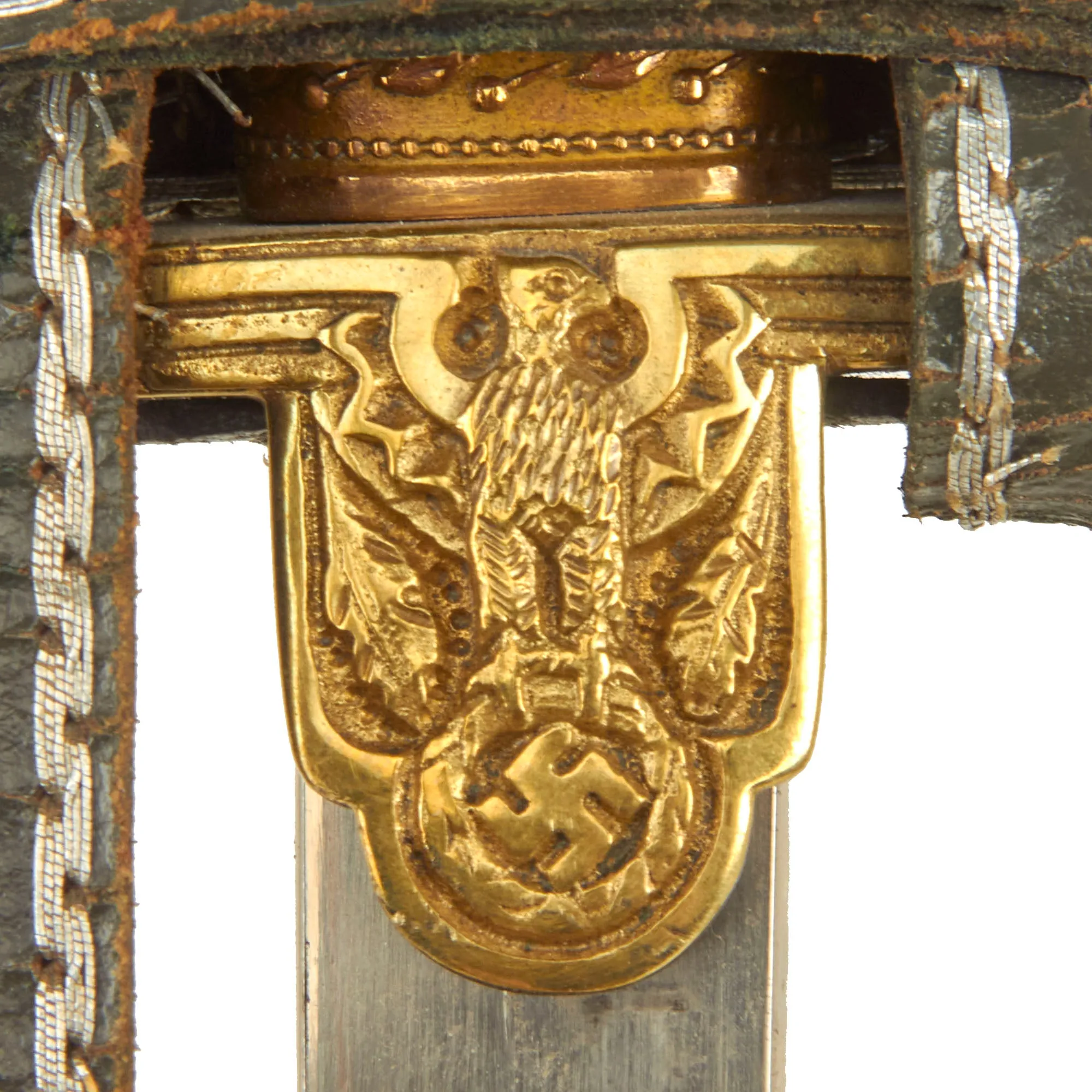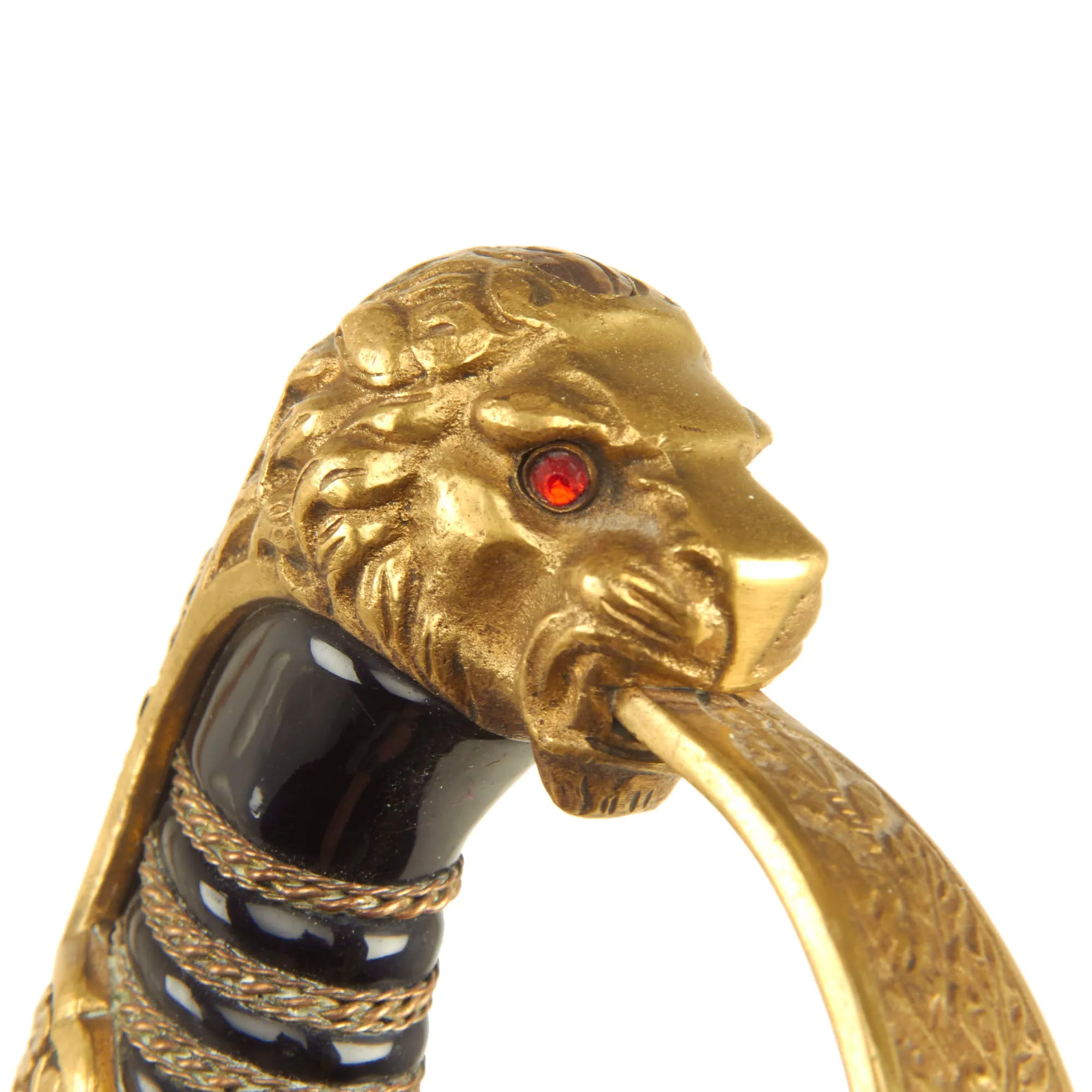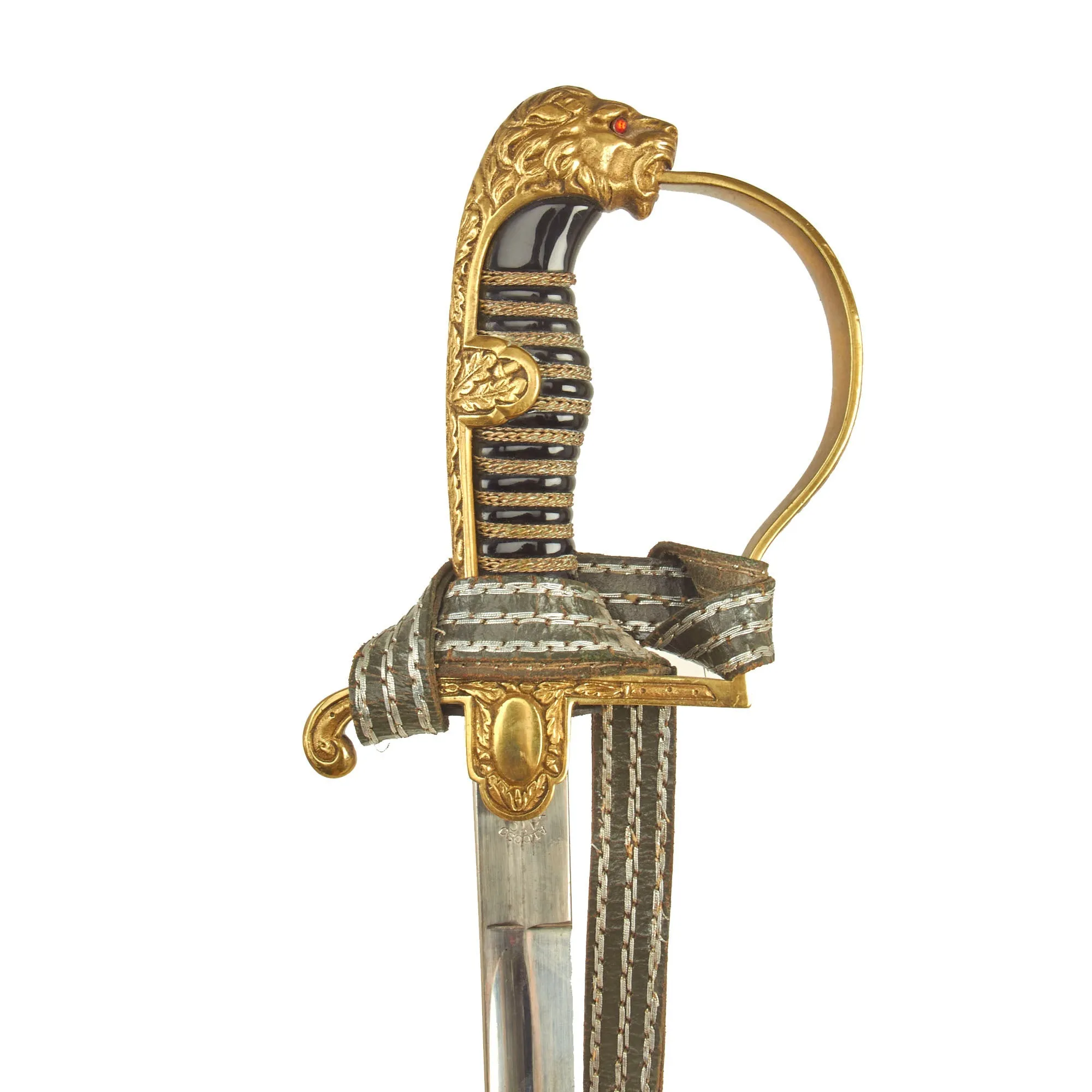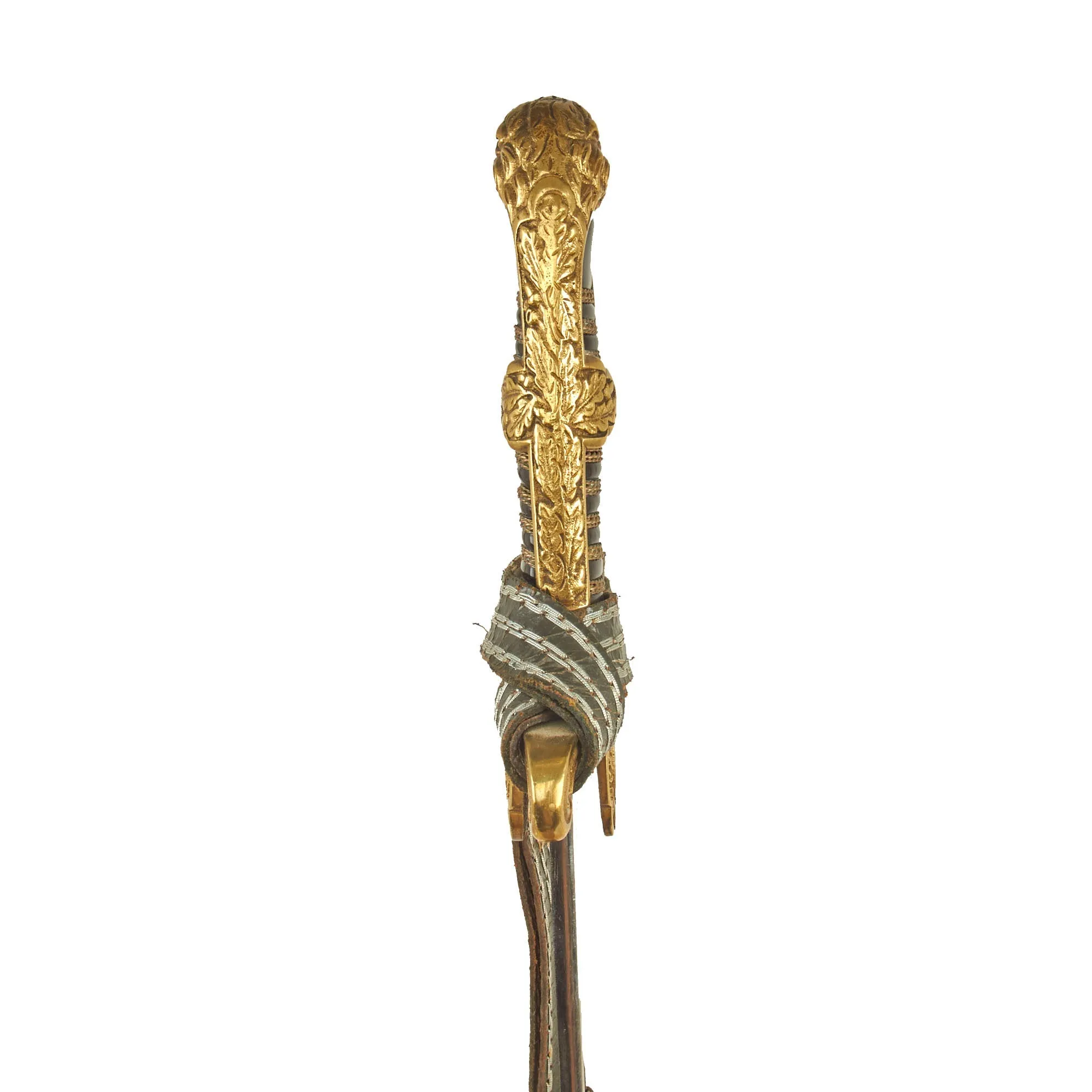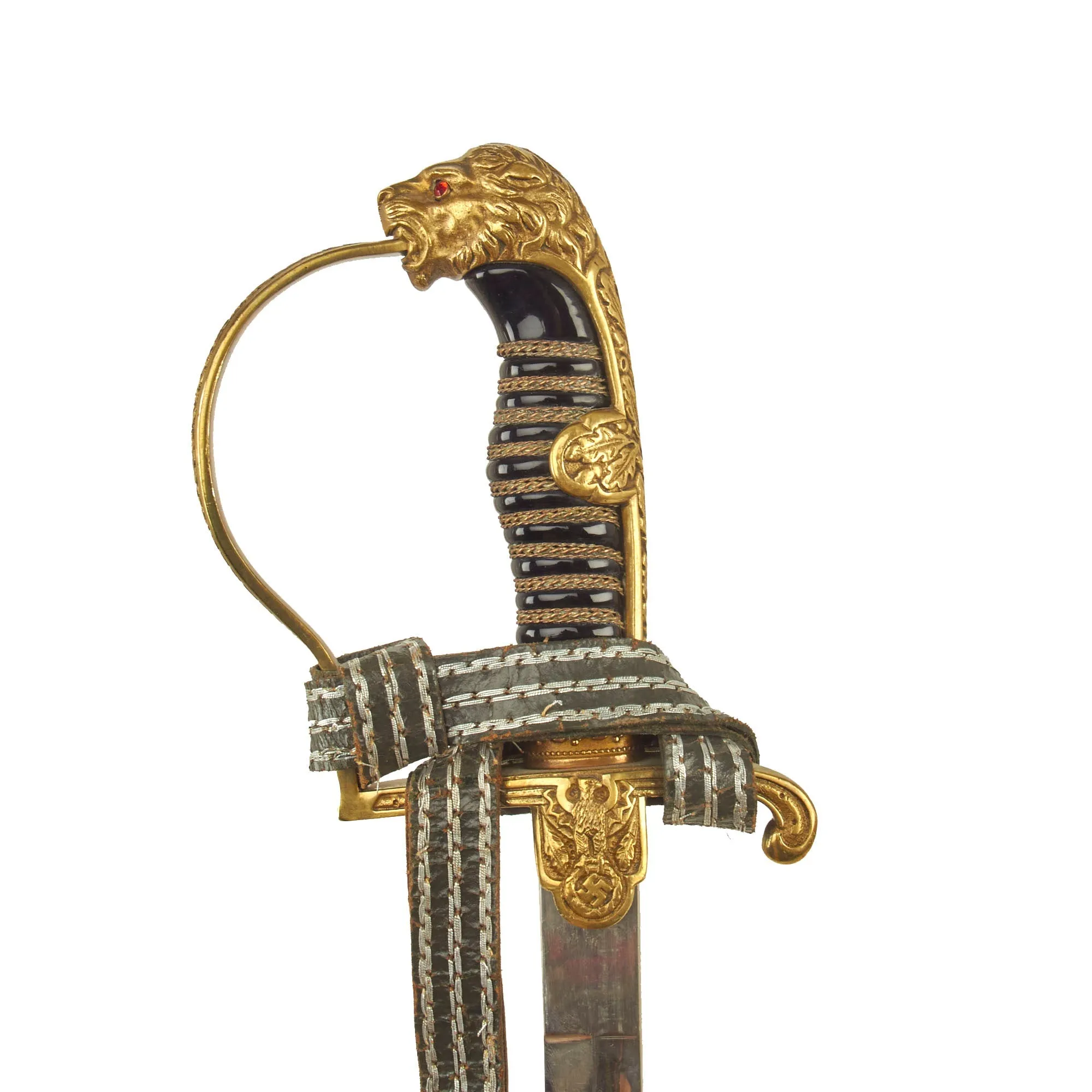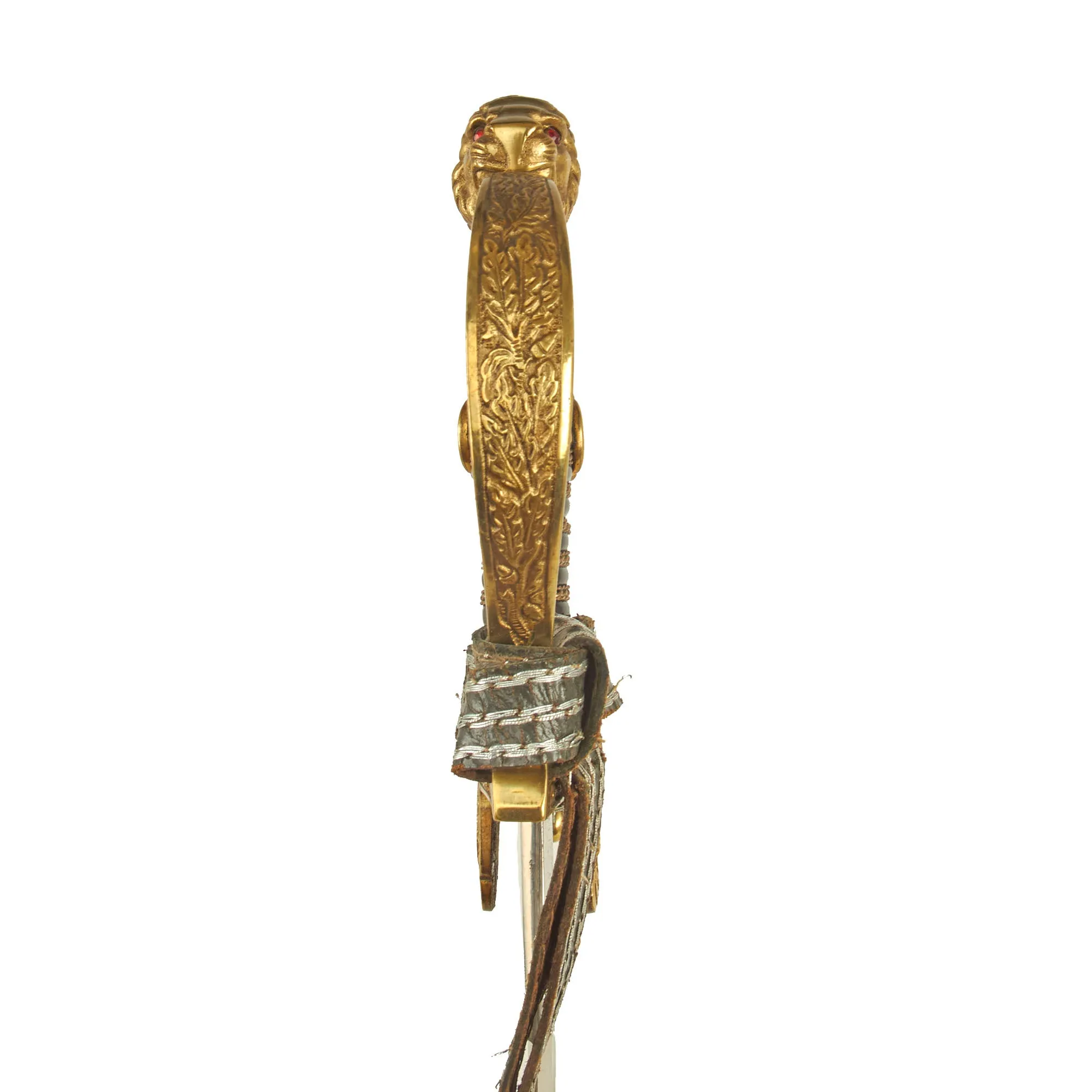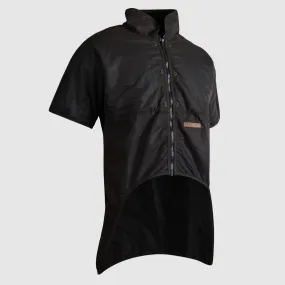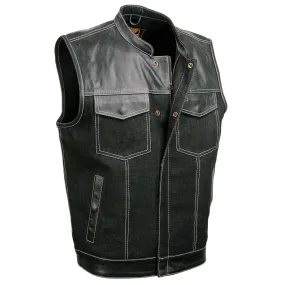Original Item: Only one Available. This is a beautiful classic Lionhead German WWII Officer sword, made by the well-known firm of Alcoso Werke in Solingen, Germany, complete with the correct steel scabbard. The early war all brass hilt consists of a finely detailed lion head cat with embossed backstrap and "P" guard. The cat is fitted with blood red faceted eyes. Nice detail throughout his whiskers, chin, and muzzle. The handwork is beautifully rendered throughout the brass alloy. The backstrap design consists of the iconic German Oak Leaves and Acorns, which extends onto the grip side tabs.
This lion's head sword hilt features an outstanding feline head with faceted eyes. The features of this lion's head have been nicely hand rendered to the bottom of the jaw, the whiskers, the eyelids and the mane which runs backward slightly down the sword. The "P" guard and ferrule both are covered with the same Oak Leaves and Acorns motif seen on the back strap.
The crossguard langet has a typical Alcoso style open winged Art deco eagle which looks to the viewer's right. The breast area of this eagle, as well as the legs and the wreath enclosing the swas, have all been hand enhanced. The reverse langet has a small oval, where the sword would sometimes be personalized, but this one is blank. The brass alloy hilt has lost most of the original gilding, however it still looks great, with a fantastic polished look.
The grip is a black celluloid-over-wood base type, which is in very good condition, still glossy with no deterioration or cracking we can see. It is wrapped with three pairs of twisted wires, with the center pair being larger, and the wrapping is still tight, though there looks to be some residue from polish on the wrapping. The celluloid is in very good shape, however there is a hole chipped in it with some overall degradation. The handle is still solidly attached to the blade, without any wobble we can feel. There is a lovely leather and bullion officer's troddel knot wrapped around the hilt, which is in very good condition.
The 34 1/2 inch blade of this example is in excellent condition, with only some light scuffing in areas, and no bends or major dents on the edge of the blade. It is fully nickel plated, which is retained quite almost completely, showing scattered areas of light oxidation and scratching. The edge is still fully blunt, as originally issued, with just a few areas of light denting.
The reverse ricasso is stamped with the trademark Alcoso used from 1936-1940. It depicts the scales with the firm's initials, ACS interspersed. Above is the firm's name in an arc, ALCOSO, and below the town of business, SOLINGEN, the legendary "City of Blades" in Western Germany. The marking is partly under the langet, so it is not possible to photograph in its entirety
Alcoso is a trade name of Alexander Coppel & Co. KG, Stahlwarenfabrik, located in Solingen, the legendary German "City of Blades." Per J. Anthony Carter's GERMAN KNIFE AND SWORD MAKERS, the company was a major manufacturer of edged weapons and tools from the end of the 19th century up until the WWII period. Unfortunately, as NSDAP-control increased, brothers Carl Gustav and Dr. Alexander Coppel, the Jewish owners of the firm, were forced out. In 1936 the firm had been "Aryanized", and started using the name ALCOSO to hide the Jewish family name. By the end of 1936 the brothers were ejected from their Solingen offices, and by 1940 the brand trademark initials ACS were changed to AWS to reflect the change in ownership and name: Alexander Coppel Solingen to Alcoso-Werk Solingen. Carl Gustav Coppel committed suicide in Solingen in 1941, and Dr. Alexander Coppel was arrested in 1942 and sent to Theresienstadt Prison camp, where he died August 5th 1942. The factory itself was destroyed by Allied bombers in November 1944.
The scabbard of this example still has good original factory black enamel lacquer, though it has degraded a bit, and there is some chipping to the finish, which is retained at about 95%. There is a bit of light overall wear, and there is a bit of "melting". The body of the scabbard is mostly straight, with just a bit of waviness. It still retains both the hanger ring and the rectangular loop on the rear, which has a very nice leather hanger attached to it. It is backed with green felt, and the end has a nice box loop, which usually would be attached to the hanger inside the tunic, and then threaded out the hole large eyelet of the left waist pocket. This would be used to "hitch up" the sword for indoor wear.
Overall an very good example of a German Army Officer's Lion Head sword with some nice accessories, from a maker with a somber back story.
Specifications:
Overall length: 39 3/4”
Blade length: 34 1/2”
Blade Style: Single Edged with Fuller
Guard dimensions: 4 3/4" width x 4 3/4” length
Scabbard Length: 35 1/2"
The German Army (German: Heer, was the land forces component of the Wehrmacht, the German armed forces, from 1935 to 1945. The Wehrmacht also included the Kriegsmarine (Navy) and the Luftwaffe (Air Force). During World War II, a total of about 15 million soldiers served in the German Army, of whom about seven million became casualties. Separate from the army, the Waffen-SS (Armed SS) was a multi-ethnic and multi-national military force of the Third Reich. Growing from three regiments to over 38 divisions during World War II, it served alongside the army but was never formally part of it.
Only 17 months after AH announced publicly the rearmament program, the Army reached its projected goal of 36 divisions. During the autumn of 1937, two more corps were formed. In 1938, four additional corps were formed with the inclusion of the five divisions of the Austrian Army after the Anschluss in March. During the period of its expansion by Adolf AH, the German Army continued to develop concepts pioneered during World War I, combining ground (Heer) and air (Luftwaffe) assets into combined arms teams. Coupled with operational and tactical methods such as encirclements and the "battle of annihilation", the German military managed quick victories in the two initial years of World War II, prompting the use of the word Blitzkrieg (literally lightning war, meaning lightning-fast war) for the techniques used.
The German Army entered the war with a majority of its infantry formations relying on the horse for transportation. The infantry remained foot soldiers throughout the war; artillery also remained primarily horse-drawn. The motorized formations received much attention in the world press in the opening years of the war, and were cited as the main reason for the success of the German invasions of Poland (September 1939), Norway and Denmark (April 1940), Belgium, France and Netherlands (May 1940), Yugoslavia (April 1941) and the early campaigns in the Soviet Union (June 1941). However their motorized and tank formations accounted for only 20% of the Heer's capacity at their peak strength.

